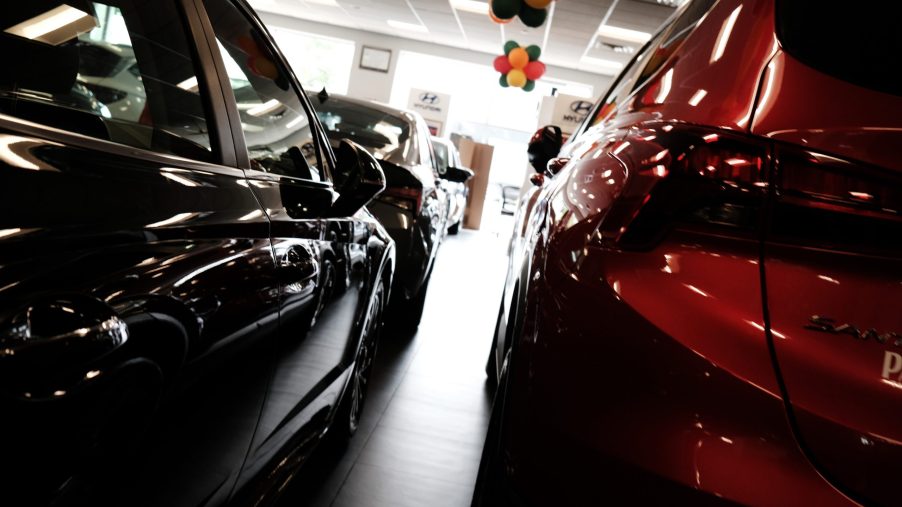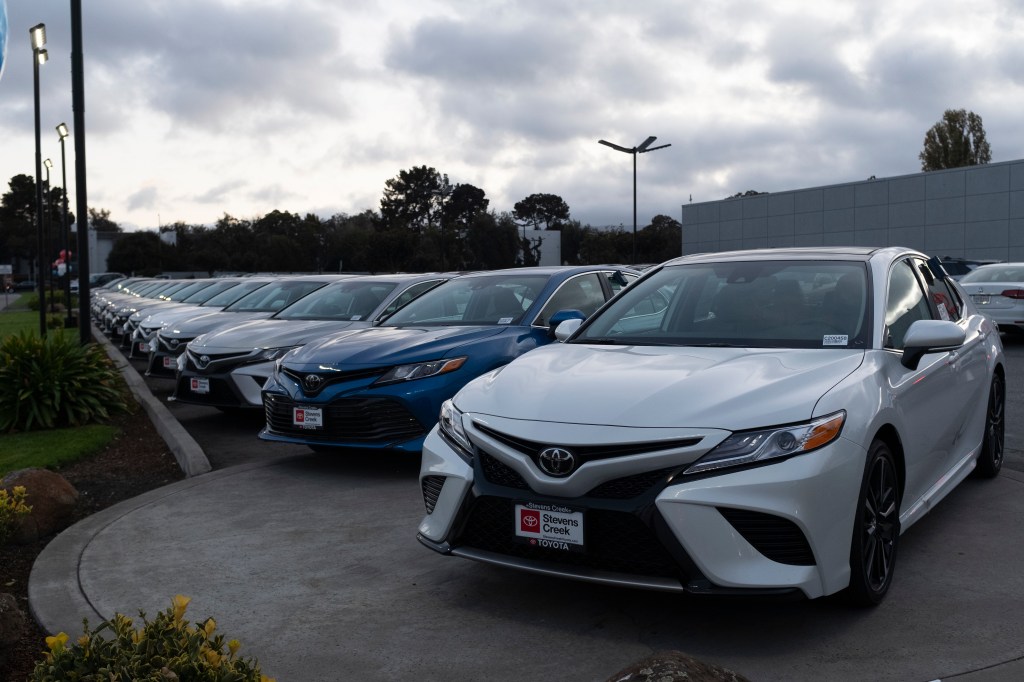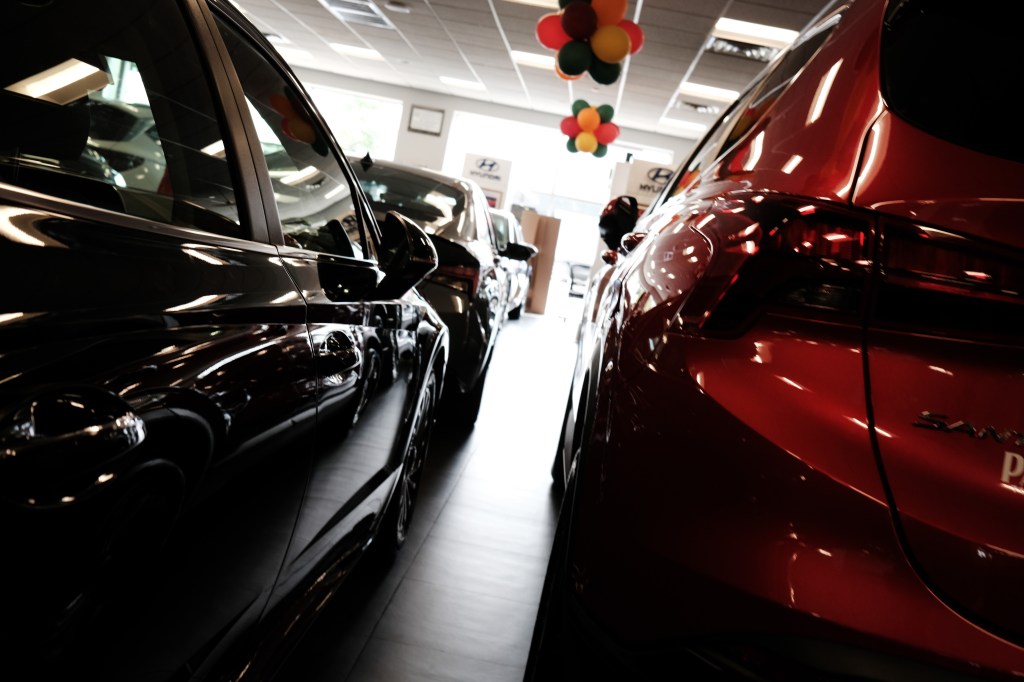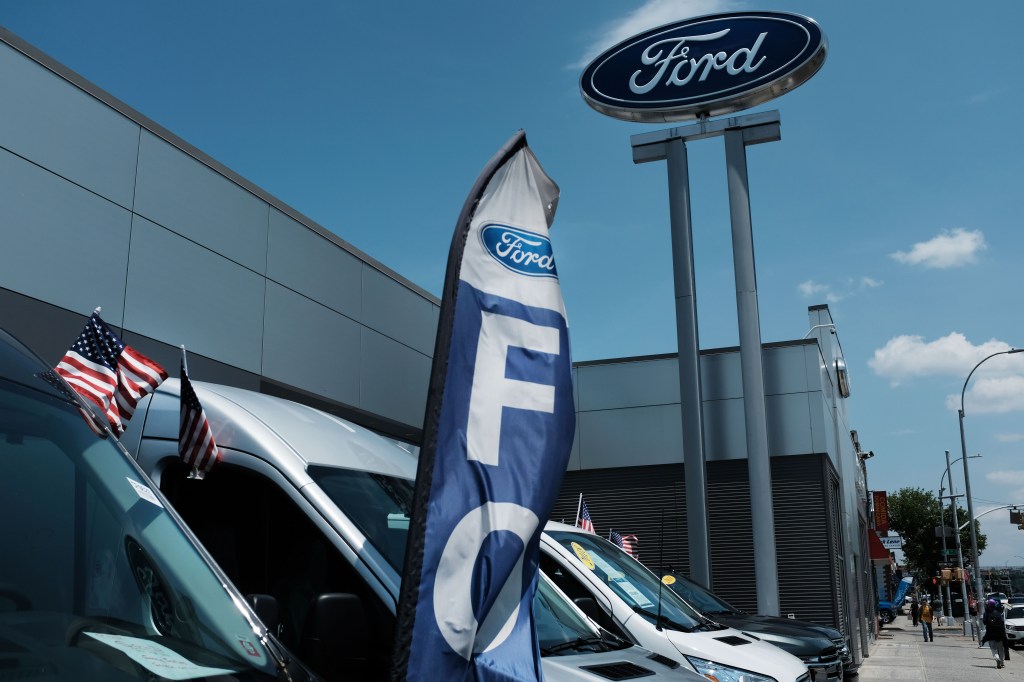
Kelley Blue Book Says the Worst of the New Car Shortage Might Be Over
Sick of hearing news about the ongoing semiconductor shortage that’s affecting new cars? Well, you’re in luck, because according to Kelley Blue Book, we may be through with the worst of it. But does that mean we’re back to the way things were before the global pandemic messed with every part of the supply chain? The short answer is no, the shortage of new cars is still in full swing, but hopefully, it won’t get any worse.

The worst of the car shortage may finally be over according to Kelley Blue Book
The keyword in this equation is “may” be over, as there are still other shortages that could continue to affect new cars. But Kelley Blue Book looked at the number of new cars available at car dealers. In September, that number was 885,773 new vehicles. Whereas in October, the number rose to 969,464 new vehicles in stock.
That’s nearly 10% more new cars available over the span of just one month, so does that mean this horrible shortage nightmare is finally over? Unfortunately, no. All this means is that things shouldn’t get any worse. But it’ll take a while before car prices get lower again because inventories are nowhere near where they were a year ago.
Getting back to where we were before these shortages will take some time

While Kelley Blue Book did record an improvement in terms of new car inventory from September to October, where we are now is nowhere near where we were. Octobers’ 969,464 inventory number represents just 36% of the inventory we had last year. That means there were 2,692,955 new cars on dealership lots last year, and even that number was considered low.
So yes, the 100,000 car difference between September and October’s new car inventories was a 10% increase. But if inventories increase by 100,000 new cars every month, it’s still going to take 17 months, almost a year and a half, for things to get to where they were last year. And again, that’s still a low inventory, which means dealerships will have no choice but to keep car prices higher.
But worst of all, new car buyers are falling for it hook, line, and sinker. New car prices are high, and yet people are still buying them.
Just because new car inventories are low and prices are high doesn’t mean people aren’t buying them

According to Kelley Blue Book, the average listing price of a new car in November is around $44,680. That, by the way, is a record high in terms of new car affordability. However, KBB also found that the average transaction price of a new car was $46,036. That means more people are paying higher prices than the MRSP of the vehicle they’re buying.
And nobody knows this better than car dealerships. The holiday seasons are usually swarmed with deals on new cars. However, many dealerships are confident that, because of the high prices, they can easily sell cars without hefty discounts. In other words, pricing a car so that it doesn’t look as expensive, even if it is, will still get it off the dealership lot.
To sum it all up, now is still a terrible time to buy a new car. And on top of that, the prices are going to be high for quite some time. All that this study proves is that we’ve reached rock bottom, so it’s only up from here. But there’s still a long road ahead before we get back to where we once were.


